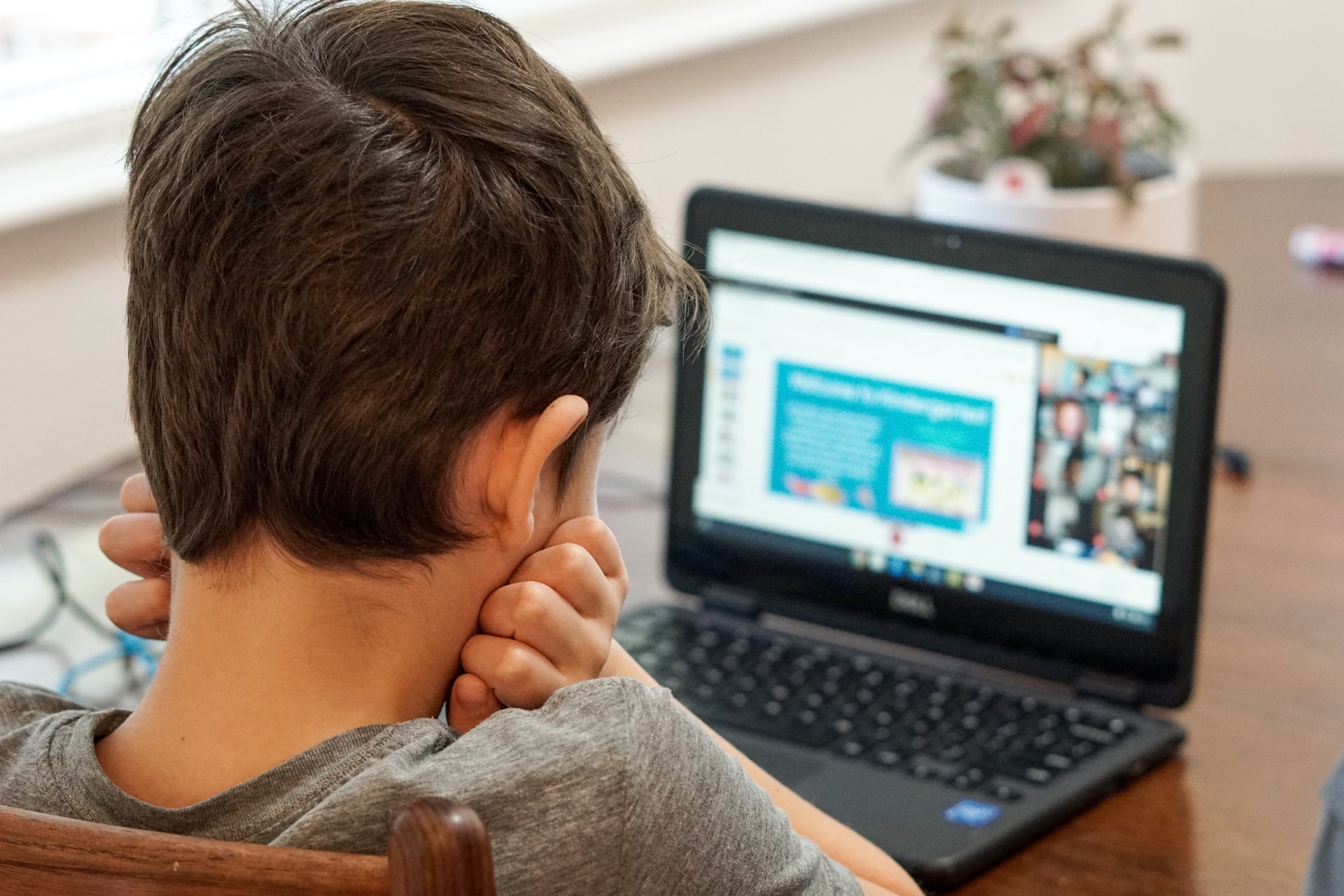Micro-learning and the Short Attention Span

In your teaching career, do you recall the one or two students who were distracted by a light breeze just blowing slightly from the air conditioner? Did you try every possible trick to regain their attention but to no avail?
There is a solution that involves a pivot in your style of instruction called micro-learning. The beauty of this strategy is that when employed properly, it engages the whole group of students, and helps them to retain important information.
Students’ Abilities to “Sit Still and Listen”
To begin with, variances of attention span have always been a challenge because every student is different, and instructional methods are not in the one-size-fits-all category. For example, on average, teens require one or two short breaks while completing an hour to two-hour task. For young children, you’re looking at five minutes of undivided attention.
To meet the challenge of differentiating instruction and keeping your students’ attention, you can look at micro learning as a possible solution.
What is Micro Learning?
Microlearning manifests itself in a variety of forms. Some instructors create short explainer videos. Others incorporate short but meaningful games. Either way, teachers make the most of five to seven minutes of focusing on just one objective. The rationale behind the short time period is to cater to an already short attention span.
In other words, the human brain retains more information when it’s presented in smaller “chunks,” say for instance, five to nine facts or details. However, the most important factor about micro-learning is that each lesson must build on the previous one and work towards a common goal. Therefore, micro-learning can be employed for reinforcement and guided practice and not just to introduce a new concept or skill.
How Does Micro Learning Engage Students with a Short Attention Span?
In the case of providing an uploaded video or slideshow, micro-learning benefits the student who accesses the information during the time of day when he or she is most able to learn. In other words, the early risers of your group can view the presentation in the morning whereas those who function better later in the day can do so in the afternoon. The brevity of the lesson makes it more accessible to more students along with the scheduling flexibility.
Likewise, when you incorporate questions or short exercises into your mini-lesson, you’re allowing the students to take in the most important points or skills in such a way that you can see who’s catching on and who’s struggling.
Finally, shorter lessons have proven to be more effective for individuals with short attention spans. Texts and video presentations tend to have more impact when they are focused on one important objective and when they are concise.
Also, micro learning involves more opportunities for students to interact with material and with each other. When you include “brain breaks” or short collaborative exercises, this method delivers more impactful learning.
Ways to Incorporate Micro Learning
So, if you’re looking to incorporate micro learning activities into your lesson planning, here are a few ideas:
● Create short videos to introduce new concepts or to review previous content
● Limit your live streams to 10 to 15 minutes but remain online and available for individual questions
● Add some short, guided practice exercises to gauge students ‘understanding
● Allow for shorter, more focused homework assignments to shorten screen time when necessary
Basically, you’re keeping your goals specific and focused and passing along short yet impactful nuggets of information to your students. Plus, one final point to remember is that micro learning helps with decreasing the feeling of being overwhelmed by long virtual meetings and too much screen time. Your students will be ready and able to move on to the next step.



